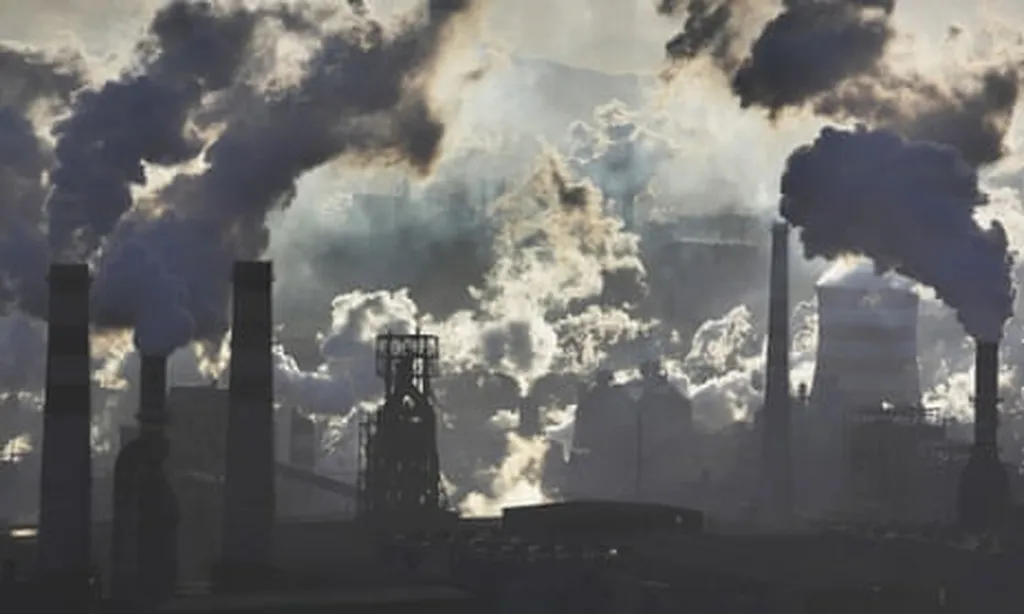In the heart of China’s North China Plain, a groundbreaking study is shedding new light on the sources and dynamics of methane (CH4) emissions, with significant implications for the energy sector. Led by Dr. S. Callewaert of the Royal Belgian Institute for Space Aeronomy (BIRA-IASB) in Brussels, Belgium, the research leverages the Weather Research and Forecast model coupled with Chemistry (WRF-Chem) to dissect the complex interplay of emissions and meteorological processes influencing CH4 concentrations in Xianghe, near Beijing.
The study, published in the esteemed journal ‘Atmospheric Chemistry and Physics’ (translated from German as ‘Atmospheric Chemistry and Physics’), is the first of two companion papers that aim to understand the contributions from different emission sectors and the influence of meteorological processes on greenhouse gas concentrations. The research focuses on methane, a potent greenhouse gas with a significant impact on climate change.
Using the model’s greenhouse gas option, WRF-GHG, the team simulated in situ and remote sensing measurements from September 2018 to September 2019. The results revealed that energy, residential heating, waste management, and agriculture are the primary contributors to CH4 concentrations in the region. Notably, the energy sector’s impact on column measurements was found to be greater than on surface concentrations.
“This study highlights the critical role of the energy sector in methane emissions,” said Dr. Callewaert. “Understanding these dynamics is crucial for developing effective mitigation strategies and for the energy sector to assess and manage its environmental impact.”
The research also underscores the importance of accurate emission data and boundary conditions for high-resolution modeling. The model’s performance improved significantly after correcting for biases in boundary conditions, achieving correlation coefficients up to 0.66 for near-surface concentrations and 0.65 for column-averaged data.
The study’s findings offer valuable insights for the energy sector, particularly in terms of source sector attribution and the link between emissions and local and large-scale winds. By understanding the seasonal and diurnal variations in CH4 concentrations, energy companies can better anticipate and manage their environmental impact.
Moreover, the research highlights the need for improved knowledge of the seasonal CH4 cycle in northern China. This understanding is essential for obtaining more accurate emission data and boundary conditions, which are crucial for high-resolution modeling and effective policy-making.
As the world grapples with the challenges of climate change, studies like this one are invaluable. They provide a deeper understanding of the sources and dynamics of greenhouse gas emissions, paving the way for more informed decision-making and effective mitigation strategies.
In the words of Dr. Callewaert, “Our findings underscore the importance of continued research and collaboration in this field. By working together, we can develop more accurate models and more effective strategies for managing greenhouse gas emissions and mitigating their impact on our climate.”
This research not only advances our scientific understanding but also offers practical insights for the energy sector, helping to shape a more sustainable future. As the world transitions to cleaner energy sources, studies like this one will be instrumental in guiding policy and industry towards more sustainable practices.

